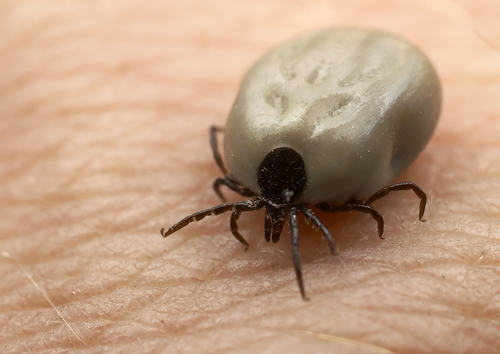To begin, I always tell people that if something seems too overwhelming or time consuming, to start out small. For instance, try the hall closet first to build your confidence and find what works best for YOU.
Step 1: Begin by selecting your messiest closet and removing its contents. During this process, take a good look at what you have and consider donating or tossing items that have not been touched in years. You have to remember these items are taking up VALUBLE storage space. Be honest with yourself and make the effort to purge the old, the size-challenged, and the "what was I thinking?" . If you can't bring yourself to part with some of these items (even though you know that you should) box them up, put the date on the box and store it in the basement or attic. If you haven't touched the box in one year toss or donate it without opening as this will leave you second guessing your initial decision.
Step 2: Now it's time to put away the items you have decided to keep. As you put things back, keep like things together (for example long-sleeved shirts) and remember to store items based on how they are used as well as their frequency of use. Placement is important -- store special occasion dressings in the back , while frequently worn items should be up front and between shoulder and knee height. I also hang by colour--it may seem tedoous at first, but once complete, it is so nice to find a specific article of clothing easily when you are in a rush! Now, don't forget about the floor space under your short hanging items. Purchase clear containers or the white & clear plastic drawers and store out of season sweaters and shoes (no, not together); don't forget to label, so next year there will be no unnecessary dumping. If you are storing sweaters or non-hang shirts on your top shelf consider shelf dividers; these keep those stacks from tumbling into one another, which ALWAYS seems to happen!
Step 3: Finally consider ways to maximize the space you have. The back of the closet door provides some wonderful untouched storage space. Add dollar store hooks for robes and your comfy sweats or suit jackets if you plan to wear it again soon.Another storage option is hatboxes (or make your own by covering boxes in scrapbook paper); they are great for storing small accessories and look really nice on your shelf or neatly stacked on the floor.
Step 4: What you hang your clothes on really does make a difference. All your hangers should be the same type (yes -- get rid of those wire hangers from the dry cleaners). Replacing hangers can be as costly or as inexpensive as your taste and budget dictate. You can pick up a pack of nice WOOD hangers at the dollar store. You have gone through all this effort to make things organized and this last detail can really pull it all together and looks so much nicer; which will be more rewarding in the end.
I am often asked, "What should I do to organize my hats, belts and scarves" and I always have the same answer--use dollar store plastic shower rings, loop your items through and hang on a hanger. They stay in place, and look so neat when hung in the closet.
There is no need to spend a lot of money on organization when items from your local dollar store are beautiful and serve the same purpose!
Once everything has a place and fits, you are encouraged to keep it organized and clutter free. Maintenance is KEY and will only require minimal effort if completed daily or when necessary. A few minutes of hanging, folding and tossing in the designated basket keeps everything in its place.
I always encourage people to use the rule: if you purchase a new article of clothing, another must go. This ensures your newly organized closet never becomes too full or crammed, which oftens turns back into MESSY!








